Search Results
Results for: 'Forest Adaptation'
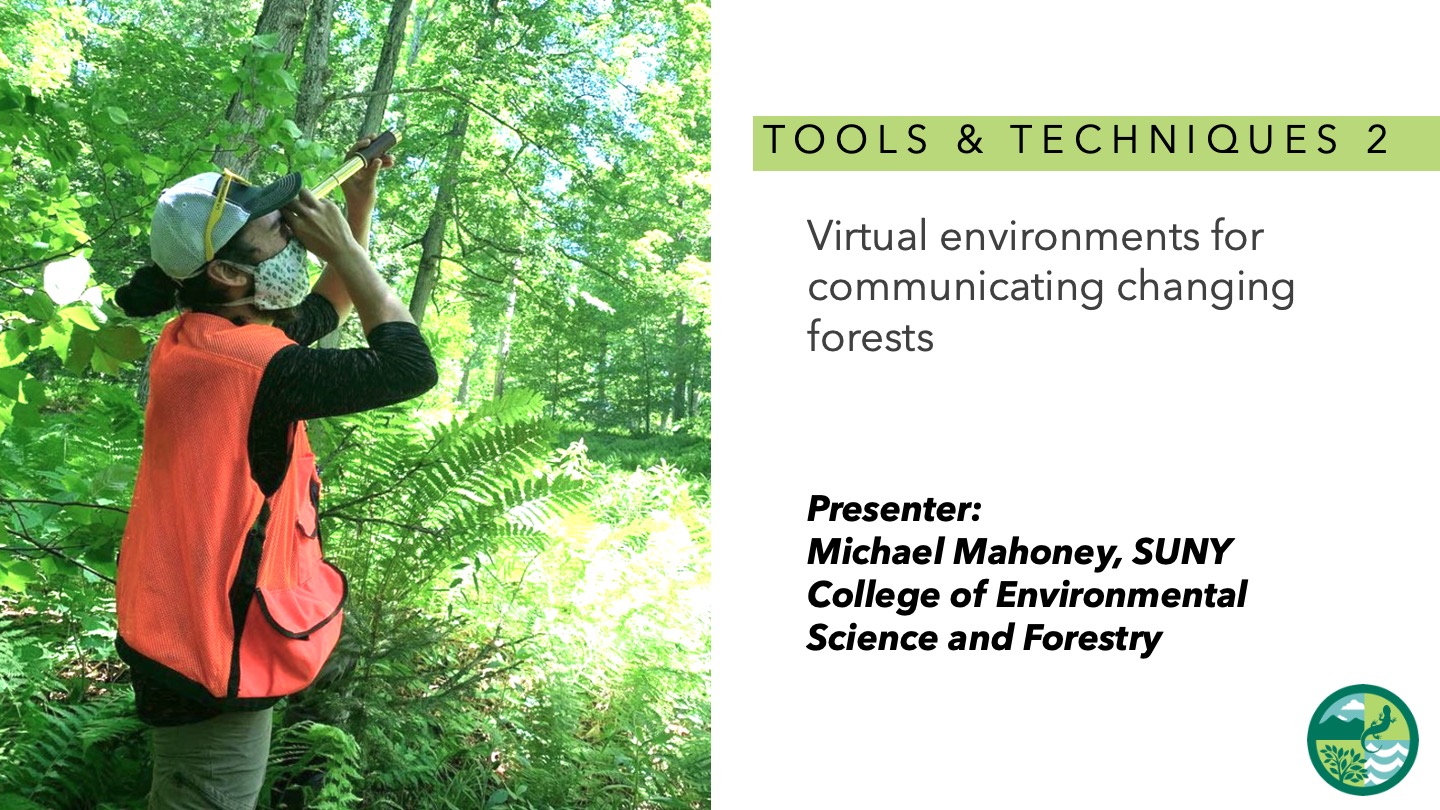
Virtual Environments for Communicating Changing Forests
This was presented by Michael Mahoney as a part of a series of contributed talks from the 2022 FEMC Annual Conference. To learn more about the conference, visit: https://www.uvm.edu/femc/cooperative/conference/2022 Forests are dynamic systems, ...
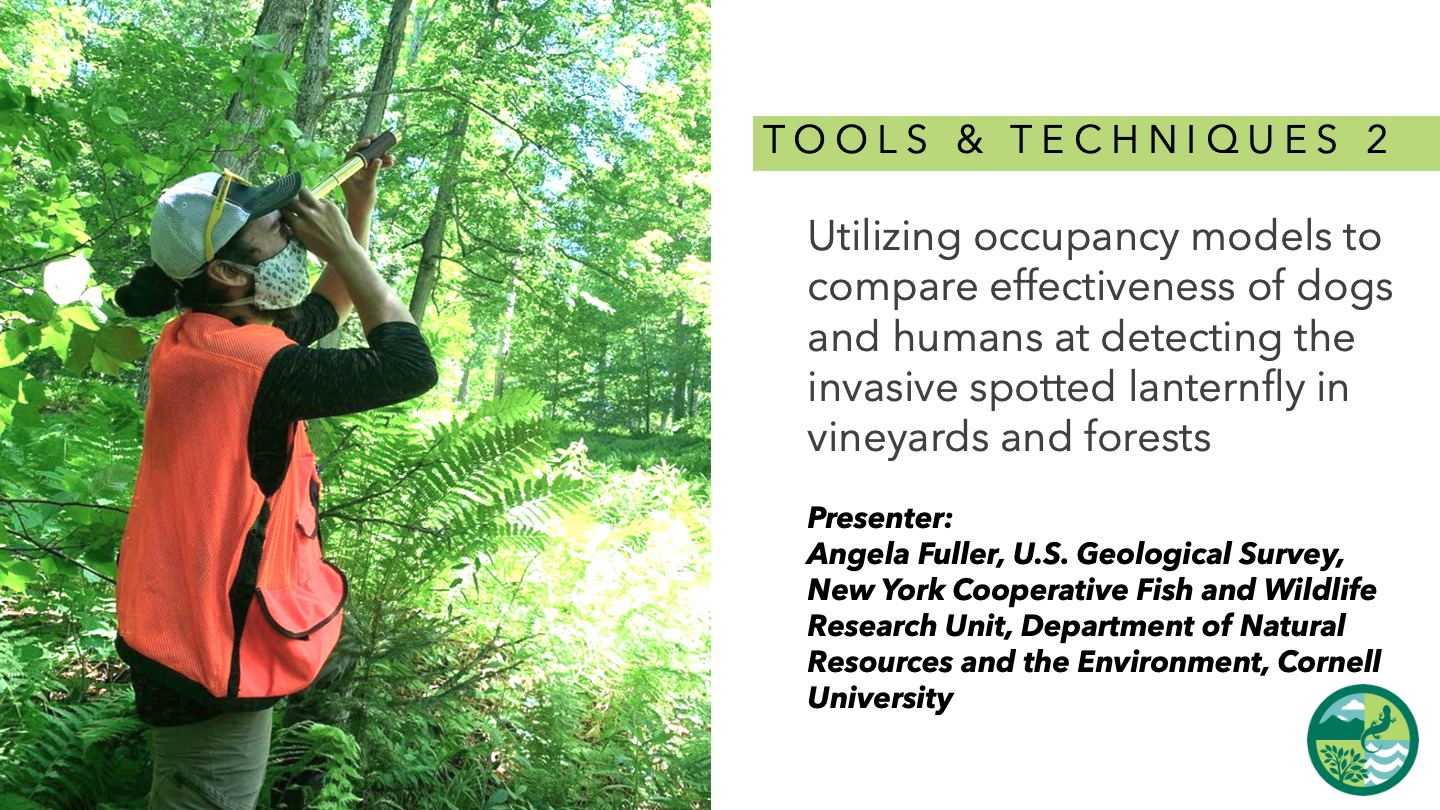
This was presented by Angela Fuller as a part of a series of contributed talks from the 2022 FEMC Annual Conference. To learn more about the conference, visit: https://www.uvm.edu/femc/cooperative/conference/2022 Invasive species have the poten...
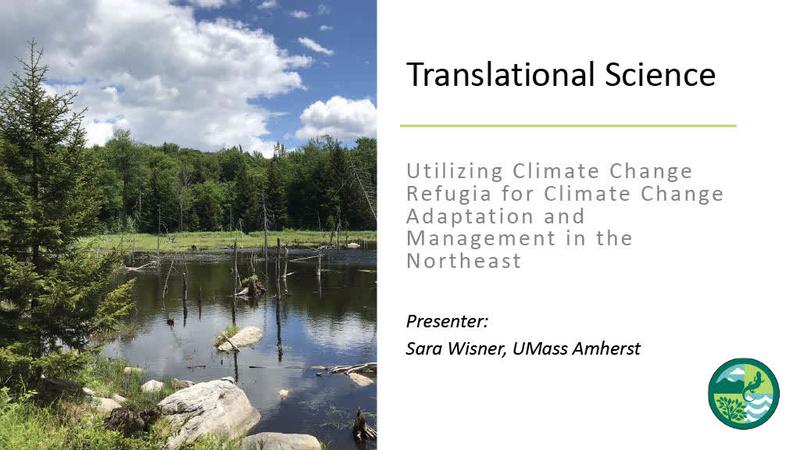
Utilizing Climate Change Refugia for Climate Change Adaptation and Management in the Northeast
This was presented by Sara Wisner. This presentation was part of a series of contributed talks from the 2021 FEMC Annual Conference hosted virtually. For more content from the 2021 conference please go to https://www.uvm.edu/femc/cooperative/confe...
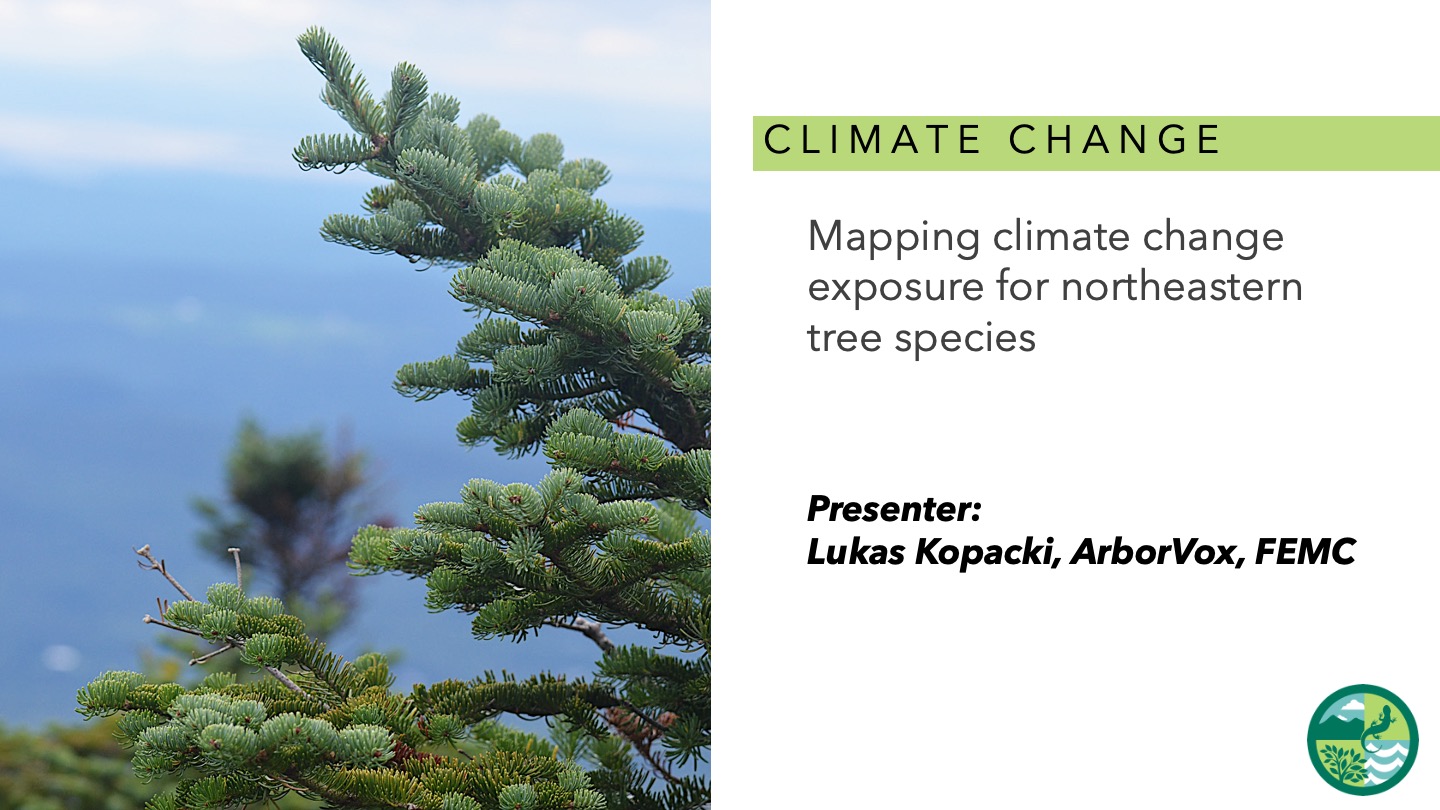
Mapping Climate Change Exposure for Northeastern Tree Species
This was presented by Lukas Kopacki and Jen Pontius as a part of a series of contributed talks from the 2022 FEMC Annual Conference. To learn more about the conference, visit: https://www.uvm.edu/femc/cooperative/conference/2022. The uncertainty a...
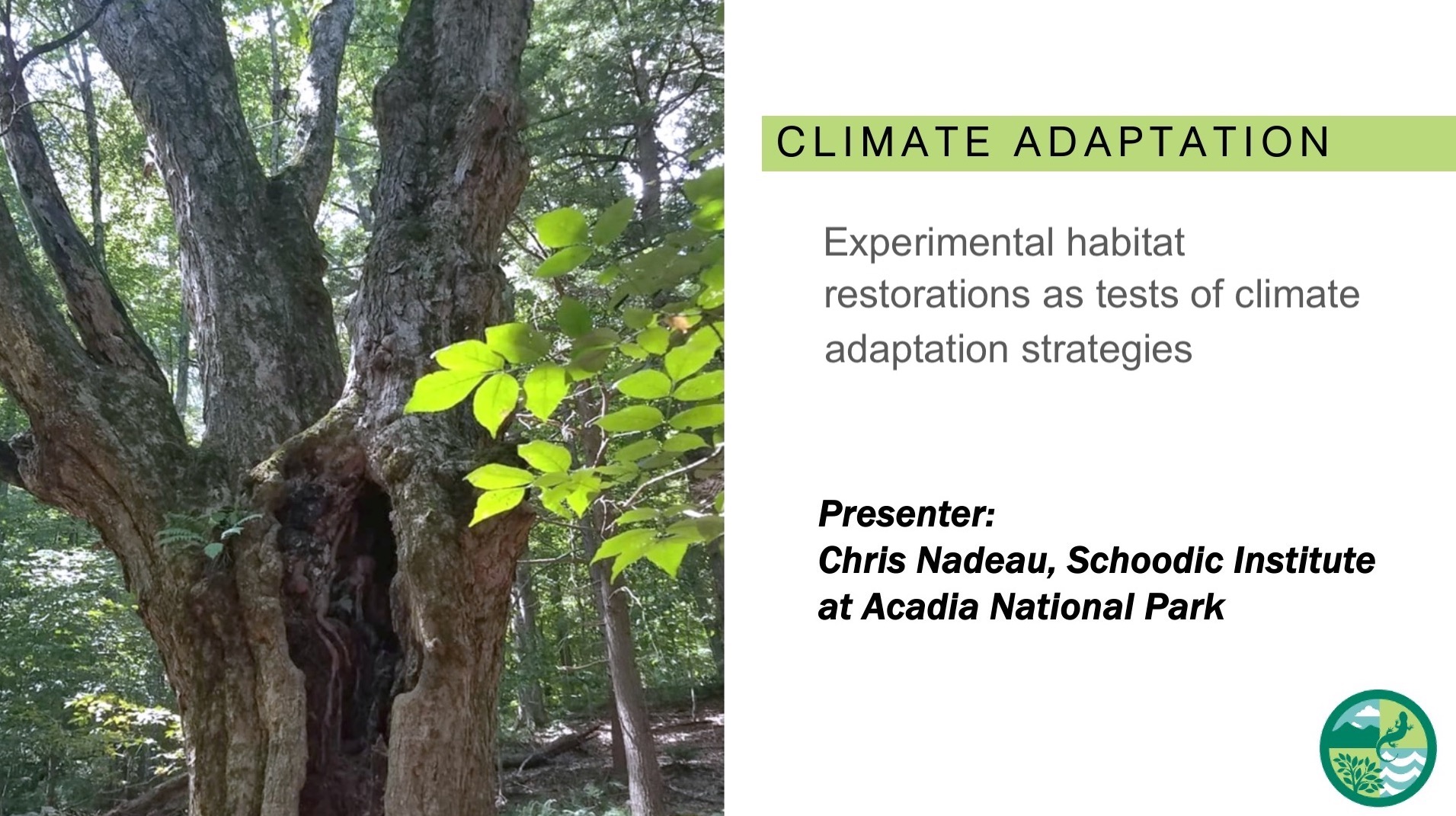
Using Habitat Restorations to Test Climate Change Adaptation Strategies
This was a contributed talk by Chris Nadeau as a part of the 2023 FEMC Annual Conference.
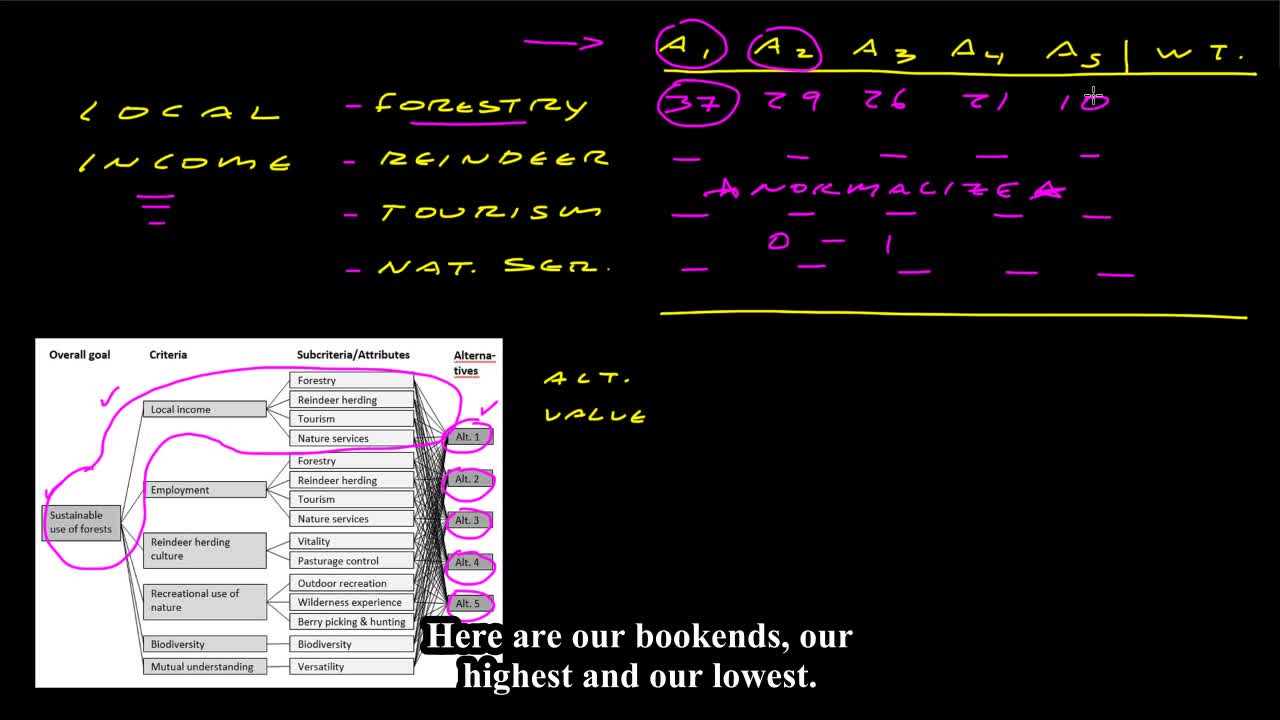
Multi-criteria Decision Analysis
This video covers an example of the use of multi-criteria decision analysis (MCDA) to evaluate different decision alternatives related to sustainable forest management. The example comes from a study of forest management in Finland by Mustajoki et...

Gardeners know that earthworms can be beneficial for growing vegetables and flowers by helping with soil aeration and producing fertilizer through their castings. Sugar makers may not know that earthworms and relatively newer invaders the so-calle...

Certified organic maple syrup is produced by many Vermont maple producers and generally commands a higher price in the marketplace. In order to legally market your syrup as "organic" an approved third-party certifier such as Vermont Organic Farmer...

The USDA National Agricultural Statistics Service or NASS has released the crop totals for the 2020 maple season. People familiar with maple sugaring might remember that it takes approximately 40 gallons of sap to make one gallon of syrup. This ra...